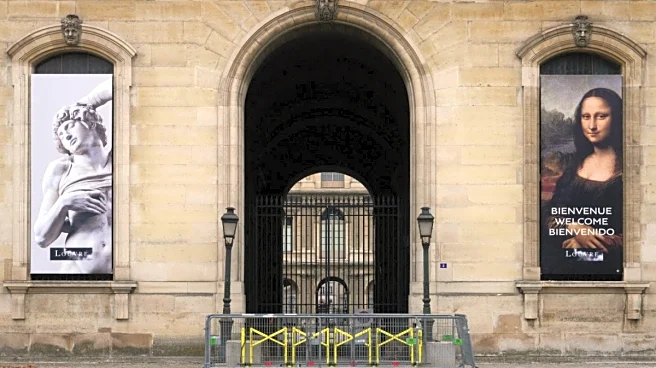What is the story about?
The Louvre museum in Paris reopened on Wednesday, three days after thieves stole eight pieces of French crown jewels valued at an estimated €88 million (£76 million).
The Apollo Gallery, where the jewels were displayed, remained closed with a folding screen blocking the doorway, while long lines formed outside the museum’s glass pyramid.
The robbery took place on Sunday morning, about 250 metres from the Mona Lisa. Four people used a crane to break an upstairs window, entered the gallery, and stole the jewels before fleeing on motorbikes. Authorities said the thieves spent less than four minutes inside.
Alarms were triggered during the break-in, but the intruders managed to escape. One stolen item, the emerald-set imperial crown of Empress Eugénie, featuring more than 1,300 diamonds, was later recovered outside the museum, damaged but repairable.
The other stolen pieces included a sapphire diadem, necklace and earring set linked to Queens Marie-Amélie and Hortense, an emerald necklace and earrings belonging to Empress Marie-Louise, Napoleon Bonaparte’s second wife, a reliquary brooch, and Empress Eugénie’s diamond diadem and large corsage-bow brooch.
Paris public prosecutor Laure Beccuau said the monetary value of the haul is €88 million, but stressed that the historical significance of the items is far greater. She warned that the thieves would likely not gain the full value if the jewels were dismantled or melted.
No arrests have been made. Authorities have identified four people present at the scene, and around 100 investigators are working to map the thieves and any accomplices.
Justice Minister Gérald Darmanin said the theft exposed security weaknesses, noting that the ability to move a freight lift onto a public street undetected “projects a very negative image of France.” The robbery has raised questions about the Louvre’s security measures, which the government had recently upgraded with a new command post and expanded camera coverage.
Inside the museum, staff and forensic teams worked quickly after the theft. Other exhibits, including the Venus de Milo and Winged Victory of Samothrace, remain open.
The museum declined to comment on reinforced security measures and confirmed that no uniformed police were posted in the corridors. Unions have criticised overcrowding and chronic understaffing, saying mass tourism leaves too few staff to monitor the museum’s 33,000 objects.
Some officials compared the theft’s cultural impact to the 2019 fire at Notre-Dame Cathedral, highlighting the vulnerability of France’s heritage.
(With input from agencies)
The Apollo Gallery, where the jewels were displayed, remained closed with a folding screen blocking the doorway, while long lines formed outside the museum’s glass pyramid.
The robbery took place on Sunday morning, about 250 metres from the Mona Lisa. Four people used a crane to break an upstairs window, entered the gallery, and stole the jewels before fleeing on motorbikes. Authorities said the thieves spent less than four minutes inside.
Alarms were triggered during the break-in, but the intruders managed to escape. One stolen item, the emerald-set imperial crown of Empress Eugénie, featuring more than 1,300 diamonds, was later recovered outside the museum, damaged but repairable.
The other stolen pieces included a sapphire diadem, necklace and earring set linked to Queens Marie-Amélie and Hortense, an emerald necklace and earrings belonging to Empress Marie-Louise, Napoleon Bonaparte’s second wife, a reliquary brooch, and Empress Eugénie’s diamond diadem and large corsage-bow brooch.
Paris public prosecutor Laure Beccuau said the monetary value of the haul is €88 million, but stressed that the historical significance of the items is far greater. She warned that the thieves would likely not gain the full value if the jewels were dismantled or melted.
No arrests have been made. Authorities have identified four people present at the scene, and around 100 investigators are working to map the thieves and any accomplices.
Justice Minister Gérald Darmanin said the theft exposed security weaknesses, noting that the ability to move a freight lift onto a public street undetected “projects a very negative image of France.” The robbery has raised questions about the Louvre’s security measures, which the government had recently upgraded with a new command post and expanded camera coverage.
Inside the museum, staff and forensic teams worked quickly after the theft. Other exhibits, including the Venus de Milo and Winged Victory of Samothrace, remain open.
The museum declined to comment on reinforced security measures and confirmed that no uniformed police were posted in the corridors. Unions have criticised overcrowding and chronic understaffing, saying mass tourism leaves too few staff to monitor the museum’s 33,000 objects.
Some officials compared the theft’s cultural impact to the 2019 fire at Notre-Dame Cathedral, highlighting the vulnerability of France’s heritage.
(With input from agencies)
Do you find this article useful?
/images/ppid_59c68470-image-176113003720175061.webp)

/images/ppid_59c68470-image-17608701114022602.webp)
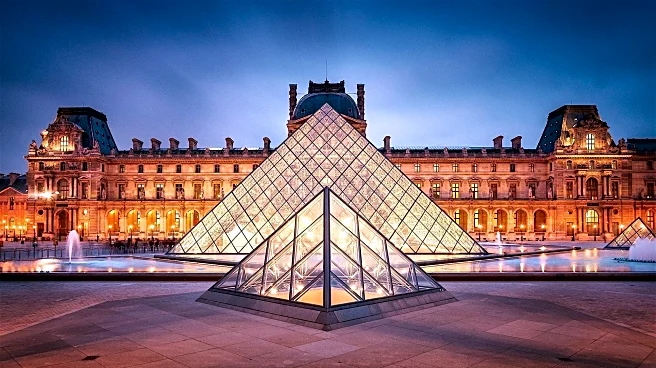



/images/ppid_a911dc6a-image-176104322967182777.webp)

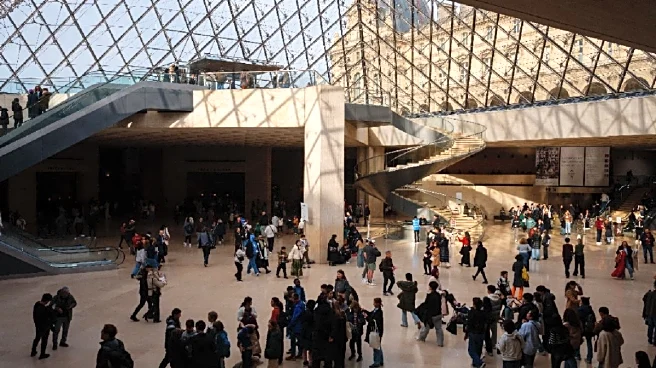
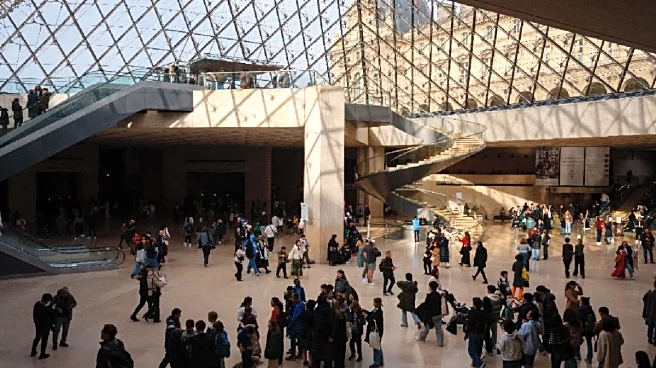
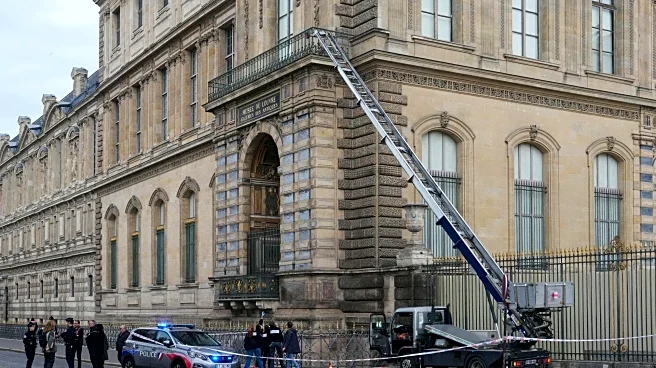

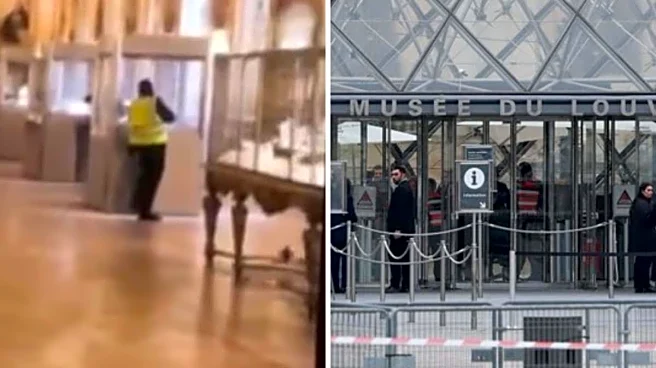
/images/ppid_59c68470-image-176096254505776574.webp)
/images/ppid_59c68470-image-176087256695346583.webp)
